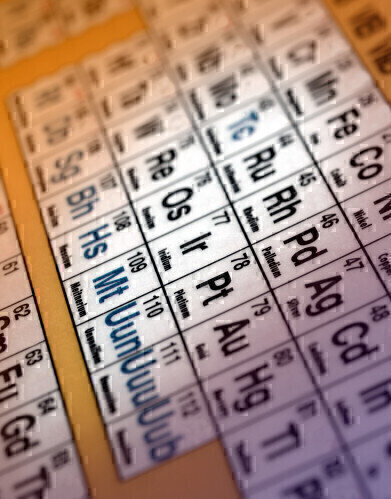HPLC, UHPLC
What are the Main Benefits of Reversed Phase HPLC?
Jun 19 2014
Reversed high performance liquid chromatography (HPLC) has this name because the order of the process is, as you might expect, reversed. Whereas in normal HPLC the non-polar parts of a substance are separated at the stationary phase, thus eluting the polar ones afterwards, in reverse HPLC the polar ones are subtracted first. This is achieved by using lipophilic groups in the stationary phase, as opposed to the hydrophilic groups in normal HPLC.
What this essentially means is that reverse HPLC has the luxury of using water or a water-based solvent in the stationary phase. In normal HPLC, silica is the most commonly-used substance, and while it does have selectivity advantages, it also absorbs water, which can lead to skewed results and retention times.
What are the Advantages of Reverse HPLC?
By using water (or a water-based substance) as the solvent, reversed HPLC eliminates the danger of the analyte retention times being skewed due to absorption of water in the atmosphere. Moreover, different hydrophobic solvents (commonly used in normal phase HPLC) have differing compression reactions, making the act of accurate gradient separations a much more gruelling task. This is made even harder by the differences in each of their UV cut-off points, as well.
With reverse HPLC, the problem is simplified by using more versatile water-based solvents. Furthermore, the traditional way in which the above problems are circumvented using normal HPLC is to employ a more organic solvent than silica; however this often costs more money to dispose of after the procedure is complete. Therefore, reversed HPLC becomes not only simpler, but more cost-effective, too.
However, although convenience and economy are two advantages of the process, the main advantage of reversed HPLC comes in the form of its flexibility. Because it has a hydrophobic stationary phase, it can be used in conjunction with hydrophobic (i.e. non-polar), hydrophilic (i.e. polar), ionic and ionisable compounds in order to separate out their various components, depending on the procedure being used. Quite simply, there is a much vaster choice in which stationary phase to select when it comes to reverse HPLC than there is with normal HPLC.
The article Is the Art of HPLC Method Development Dead? offers a more in-depth look at the merits of reversed phase HPLC, as well as giving a full and frank outlook on the prospects of HPLC method evolution from someone with ten years of experience in the industry.
Digital Edition
Chromatography Today - Buyers' Guide 2022
October 2023
In This Edition Modern & Practical Applications - Accelerating ADC Development with Mass Spectrometry - Implementing High-Resolution Ion Mobility into Peptide Mapping Workflows Chromatogr...
View all digital editions
Events
Apr 23 2024 Kintex, South Korea
Apr 23 2024 Seoul, South Korea
Apr 28 2024 Montreal, Quebec, Canada
May 05 2024 Seville, Spain
May 15 2024 Birmingham, UK














